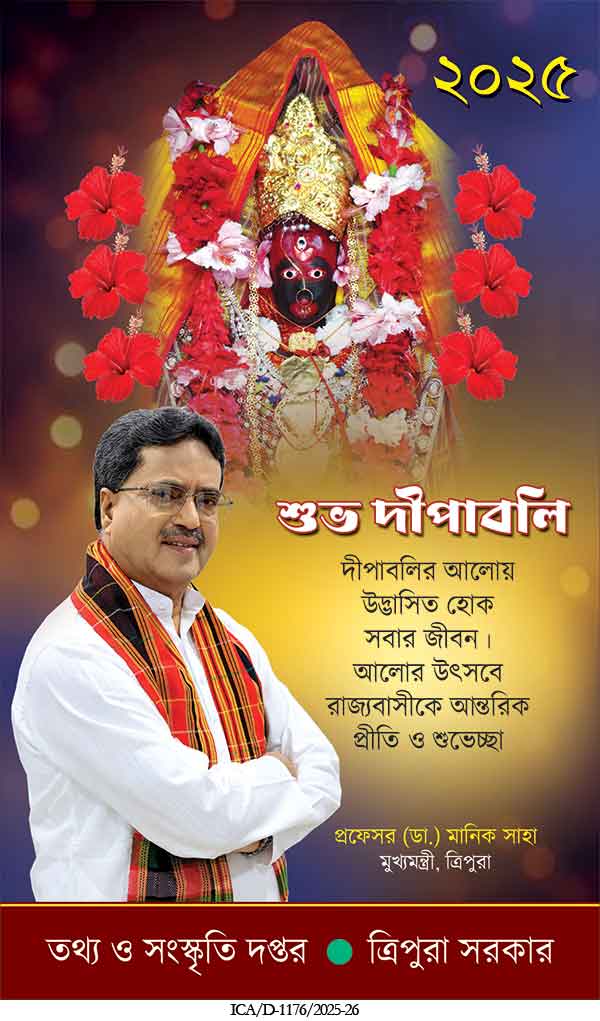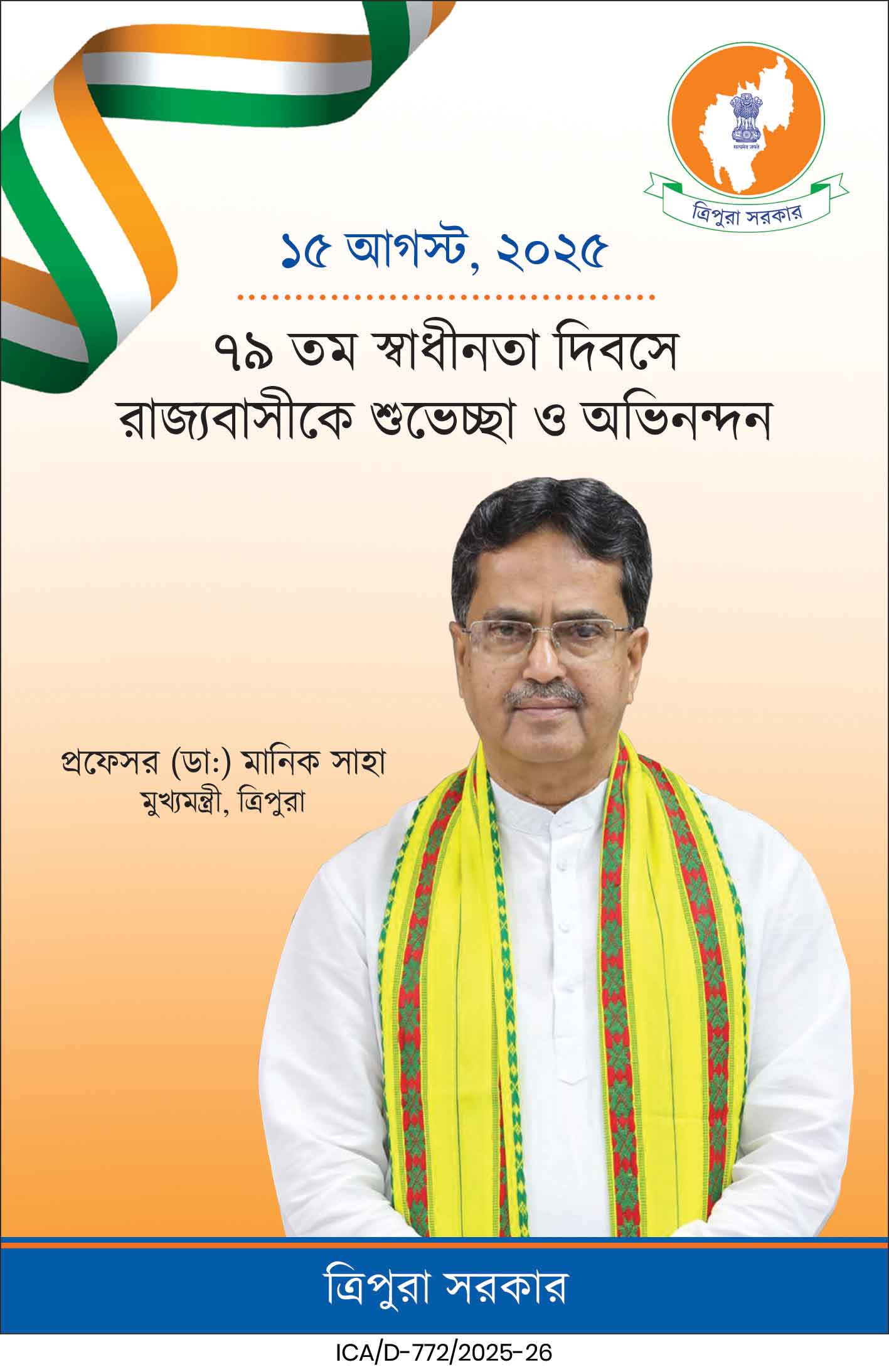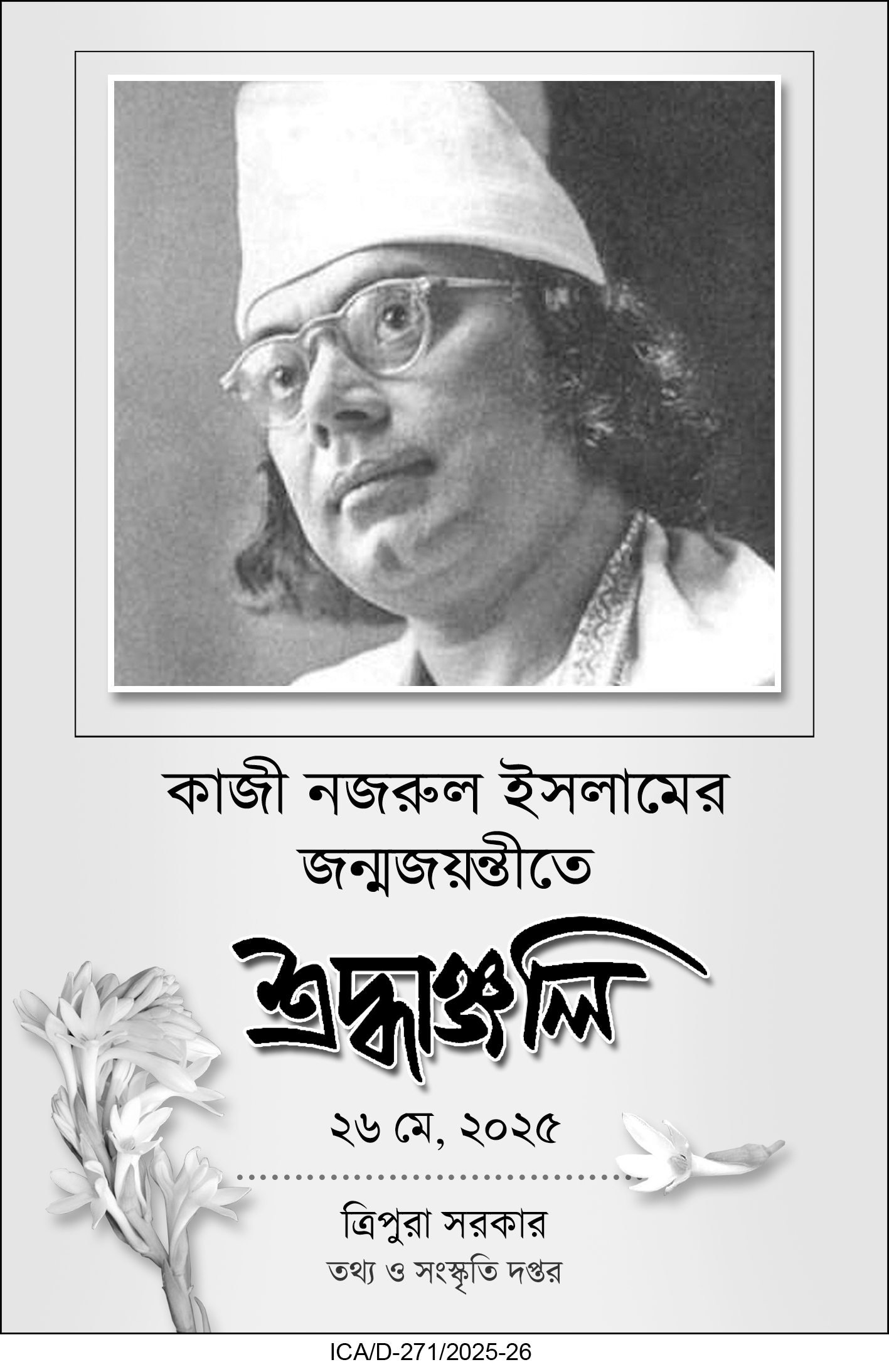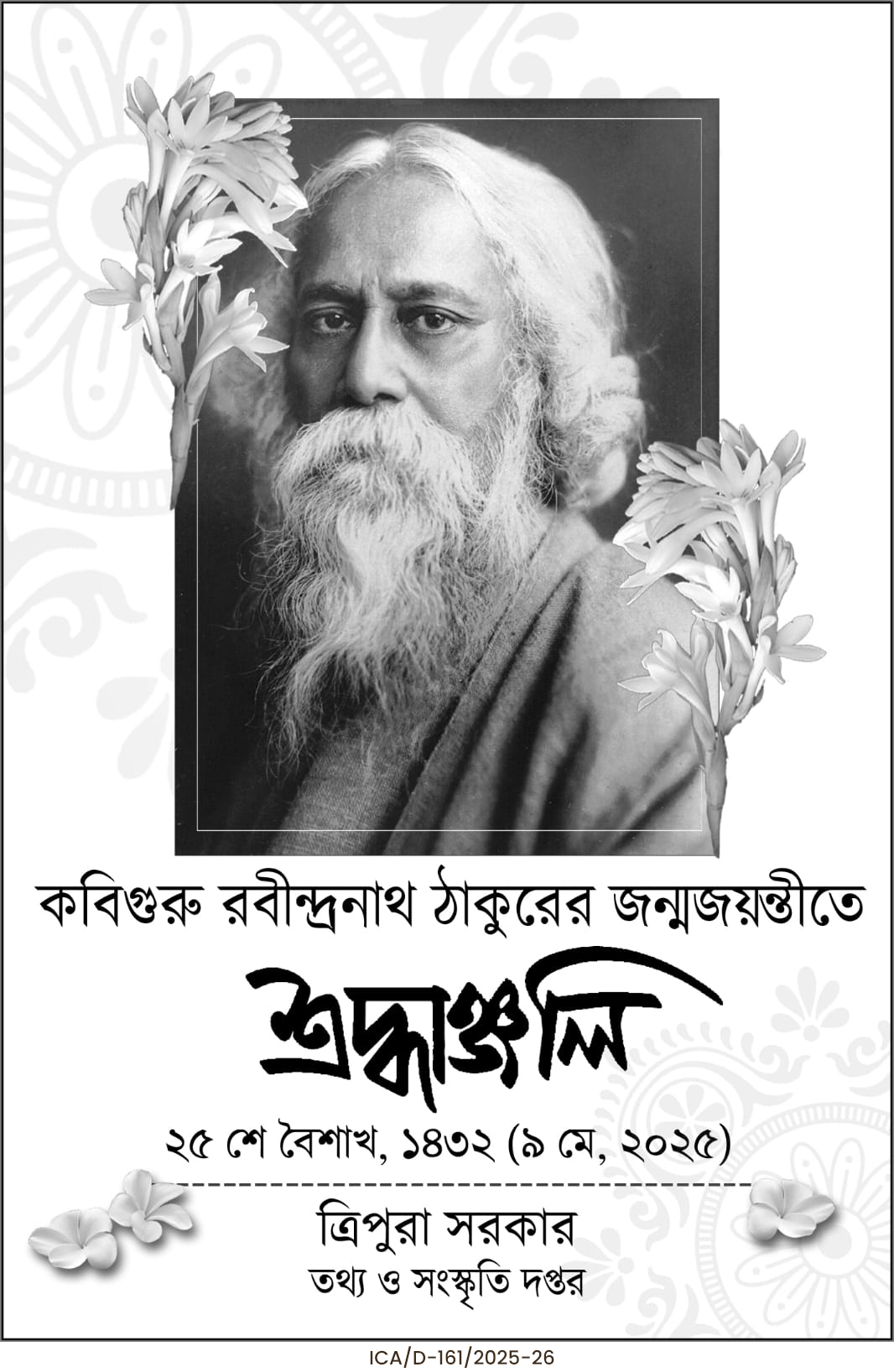
Besides being the Children’s day,November 14th reminds us all of the supreme sacrifice made by the four sons of Guru Gobind Singh. The ages of the four sons of Guru Gobindo Sing was from 7 to 17 years.

A place Nahan was the capital of erstwhile princely state of Sirmourin, North India. We all know, it has a deep historic connection with Guru Gobind Singh, the 10th Guru of the Sikhs.Where all the other hill states were hostile to the Guru due to his rising popularity,but Raja Medni Prakash of Nahan, Sirmour invited the Guru in 1685 to settle in his kingdom there. The Guru and his fauj were received well and a historic Gurudwara ‘Dasmesh Asthan’ stands across the Nahan Palace. There Guru Gobind Sing stayed for 8 months there. But Guru relocated to the banks of the river Yamuna due to water shortage. There He founded the now famous Paonta Sahib, short for Paontika, means where the feet rested . It is in Sirmour that the Guru Gobindo sing spent the most peaceful years of his life. There he honed his skills in swordsmanship and archery and composed several famous religious texts.
Before leaving Nahan, the Guru had presented his Shamsheer, the sword, to the Raja, which found its pride of place in the Nahan Palace till until recently and now adorns the Jaipur City Palace.
It is said that at nearby Bhangani Sahib, the Guru fought the hill rajas in 1688.It was his first battle and he won the battle at the age of 19 only. A historic gurudwara Bhangani sahib exists where he pitched his flag. Then the Guru moved to Anandpur Sahib to establish the Khalsa panth on April 13, 1699.
The Guru’s eldest son was Sahibzada Ajit Singh.Ajit was born in Paonta Sahib on January 26, 1687. But he was martyred at the age of 18, on December 7, 1705 at the famous battle of Chamkaur after he volunteered to leave the besieged fortress to face the might of the Mughal forces, knowing fully well that he would not return. He had shown exemplary military skills during the first attack on Anandpur Sahib in 1695 which was successfully repelled.
Then Sahibzada Jujhar Singh’s name does come. He was born on March 14, 1691. He was also martyred at a very early age of 14 at Chamkaur where he earned the reputation of being likened to a crocodile for his fierceness in the battle. After the supreme sacrifice of his elder brother Ajit, he too volunteered to leave the besieged fortress with five of last men standing, knowing fully well his fate. Though defeated in battle, the Guru survived thereby defeating the Mughal forces. In their death the sons ensured their father lived to carry on his work.
Now comes Sahibzada Zorawar Singh (1696-1705). Zorawar was martyred at the age of six only at Sirhind on December 12, 1705. Following the confusion at Chamkaur, Zorawar and his younger brother Fateh Singh (1699-1705) were treacherously captured during their escape, imprisoned and executed by suffocating them inside a brick enclosure. While they were being bricked, the older Zorawar uncharacteristically started crying. On being questioned by his younger brother, he said he was not afraid of death but it is sad that his younger brother Fateh being shorter in height would be martyred before him.Their courage in not renouncing their faith belied their years.
It is said the brothers survived whereafter orders were given for them to be beheaded. Their martyrdom is so much part of Indian history and is remembered and commemorated with great vigour and acute sadness.The place where the two boys were bricked alive is known as Fatehgarh sahib today.
It is absolutely worth mentioning that Guru’s young sons had learned the skills of soldier, saint, scholar and statesman at the feet of their glorious father,Guru Gobind Sing.We cannot even imagine that, at the tender age of 7 and 9 respectively, the younger sons followed the life example and leadership of their father and the line of Sikh gurus before him.Their unshaken faith, courage, steadfastness and determination was of such high order that they did not budge an inch despite several threats meted out and allurements offered over a three-day period to break their faith and spirit.It is said they walked backwards through the small door so they would enter the court without their head bowed towards their tormentors.Their grandmother who had accompanied them gave them courage to stay the path.There is no parallel to such martyrdom in the annals of human history. The Mughals refused to do their last rites on Mughal land and said the land would have to be bought and laid with gold coins. A local Diwan Todar Mal sold his property to do so. His successive generations are revered till today in Punjab. There is a Diwan Todar Mal Marg today in Fatehgarh Sahib.
The martyrdom of firty Sikhs who took on the might of ten lakh Mughal forces, and that of the four sons, Char Sahibzade as they are called, find special mention in the daily prayers at the Sikh temples and homes. This shows the circumstance and the history of the times and what great courage and strength was required to meet the many hurdles that were upon the community and the people. This is how the human spirit emerged in its most beautiful form. This was an unparalleled sacrifice in unusual times leading to the exaltation of the human spirit. It infused the faith with more strength and conviction.
The untimely sacrifice of his four sons and forty men finds graphic mention in the beautifully written Zafarnama ,The Victory epistle. Guru Gobind Singh had sent it to Aurangzeb. He criticised the emperor for his cruelty,for his falsehood and deceit, explaining the Sikh code of warfare and exposing Aurangzeb for his corrupt mentality. All do say that, Aurangzeb read it on his death bed and is said to have been moved to tears and repentance for his betrayal.
So dear folks ,on the occassion of this children’s day, let us all remember the exemplary courage and conviction of the Char Sahibzade,the four sons of Guru Gobind Singh, whose indomitable human spirit emerged in the most beautiful form.





